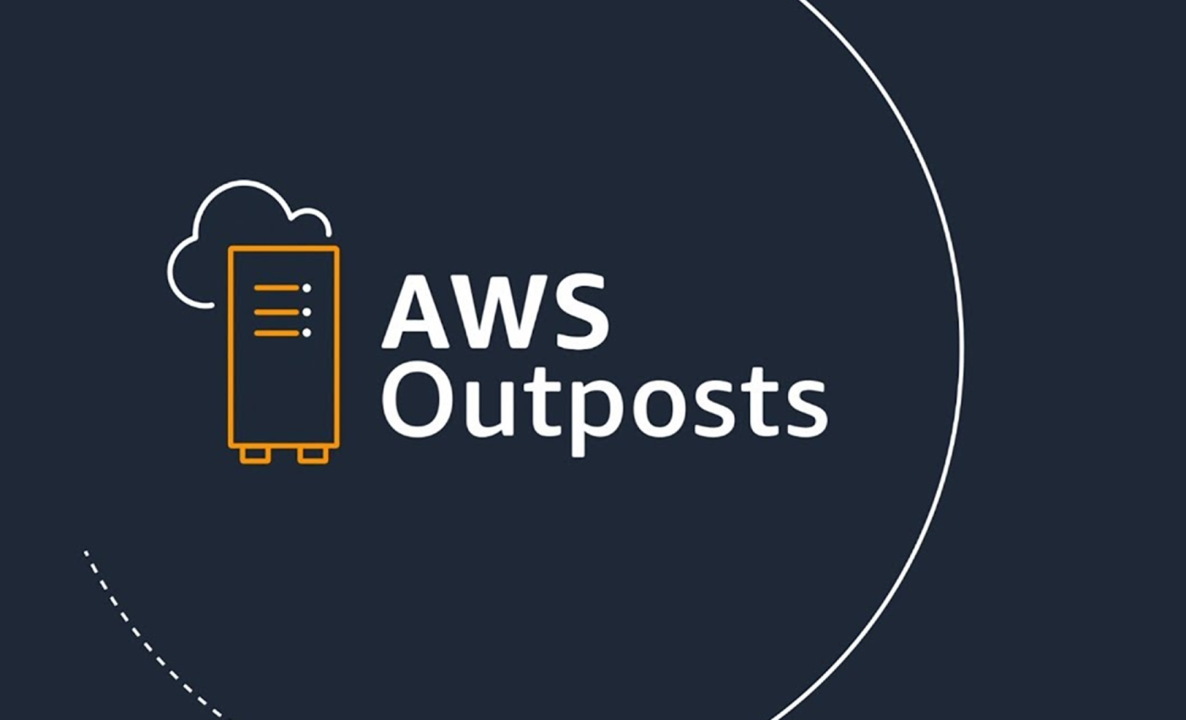A Beginner's Guide to Implementing Amazon Outposts in AWS
 Sumit Mondal
Sumit Mondal
Introduction: In the ever-evolving landscape of cloud computing, Amazon Web Services (AWS) continues to be a leader, offering innovative solutions to meet diverse business needs. One such solution gaining popularity is Amazon Outposts, which brings AWS infrastructure to your on-premises data center. In this blog post, we will explore how to implement Amazon Outposts in AWS, breaking down the process into simple steps with easy-to-follow examples.
What is Amazon Outposts? Amazon Outposts is an AWS service that extends the power of AWS infrastructure to your on-premises location. It allows you to run AWS compute and storage services locally, providing a consistent hybrid cloud experience. With Outposts, you can seamlessly integrate your on-premises environment with AWS services, ensuring low-latency access and a unified management experience.
Step 1: Check Prerequisites Before diving into the implementation process, ensure that your environment meets the prerequisites for Amazon Outposts. This includes having a valid AWS account, the necessary permissions, and network connectivity between your on-premises location and the AWS Region where you plan to create the Outpost.
Step 2: Order an Outpost To get started, you need to order an Outpost through the AWS Management Console. Navigate to the "Outposts" section, click "Create Outpost," and follow the guided process. You'll be prompted to choose the Outpost model, specify the site information, and select the desired AWS Region for the Outpost.
Step 3: Configure Outpost Networking Once your Outpost is ordered, it's time to configure networking. This involves setting up the connection between your on-premises network and the Outpost. AWS provides a step-by-step guide and examples for configuring networking, ensuring a secure and efficient connection.
Example:
aws ec2 create-outpost
--name MyOutpost
--site-id site-1234567890abcdef0
--availability-zone us-west-2a
Step 4: Launch Resources on Outposts With the Outpost in place and networking configured, you can start launching resources such as EC2 instances, EBS volumes, and other AWS services directly on your Outpost. The process is similar to deploying resources in the AWS cloud, with the added benefit of running them locally.
Example:
aws ec2 run-instances
--image-id ami-0123456789abcdef0
--instance-type t2.micro
--key-name MyKeyPair
--subnet-id subnet-0123456789abcdef0
--outpost-arn arn:aws:outposts:us-west-2:123456789012:outpost/op-01234567890abcdef
Step 5: Manage Outposts Resources Once your resources are up and running, you can manage them using familiar AWS tools like the AWS Management Console, AWS CLI, or SDKs. Monitor performance, scale resources as needed, and troubleshoot any issues seamlessly.
Conclusion: Implementing Amazon Outposts in AWS opens up new possibilities for businesses seeking a hybrid cloud solution. By following these simple steps and examples, you can bring the power of AWS directly to your on-premises environment, ensuring a consistent and integrated cloud experience. Embrace the flexibility and scalability of Amazon Outposts to meet your unique business requirements with ease.
Subscribe to my newsletter
Read articles from Sumit Mondal directly inside your inbox. Subscribe to the newsletter, and don't miss out.
Written by

Sumit Mondal
Sumit Mondal
Hello Hashnode Community! I'm Sumit Mondal, your friendly neighborhood DevOps Engineer on a mission to elevate the world of software development and operations! Join me on Hashnode, and let's code, deploy, and innovate our way to success! Together, we'll shape the future of DevOps one commit at a time. #DevOps #Automation #ContinuousDelivery #HashnodeHero